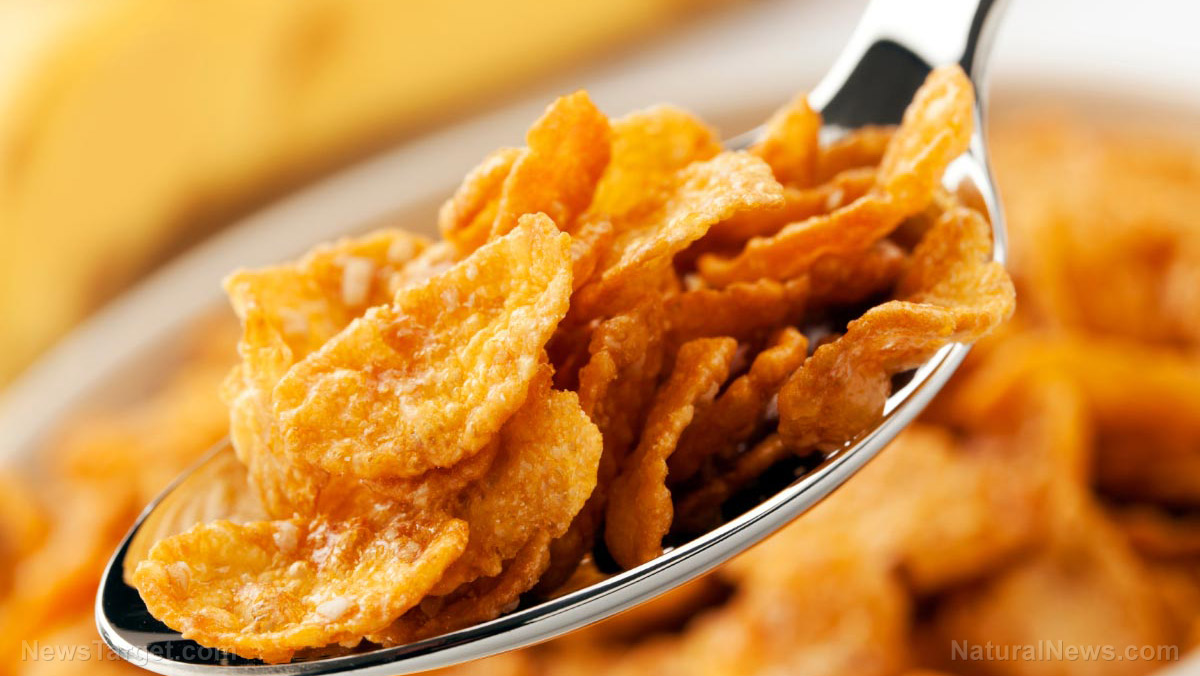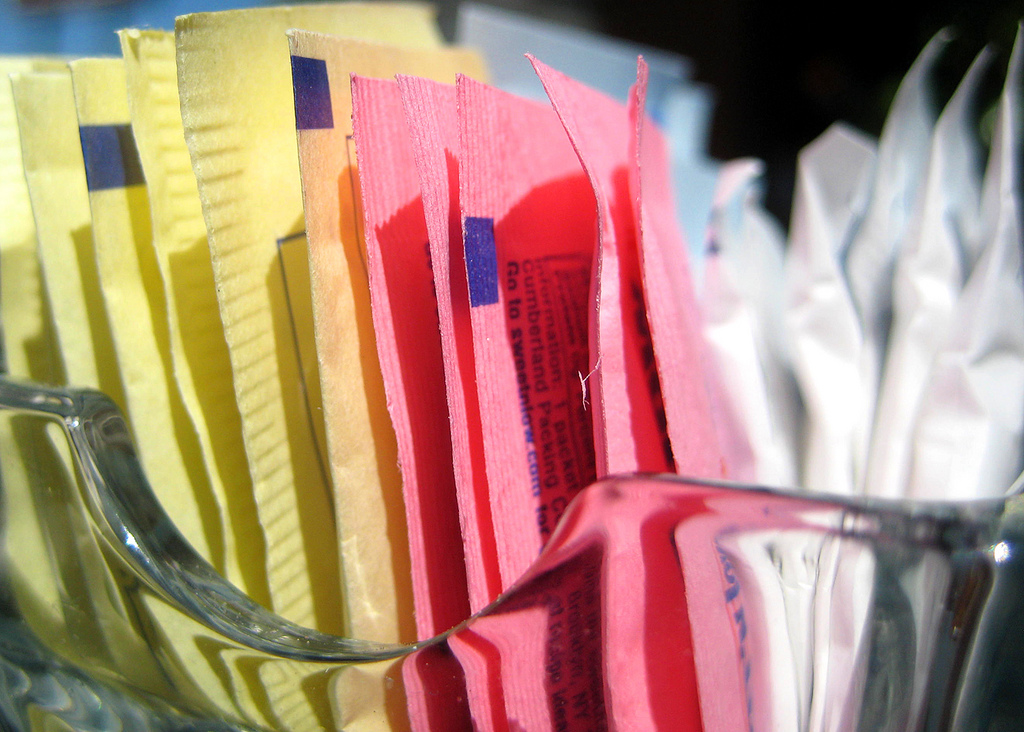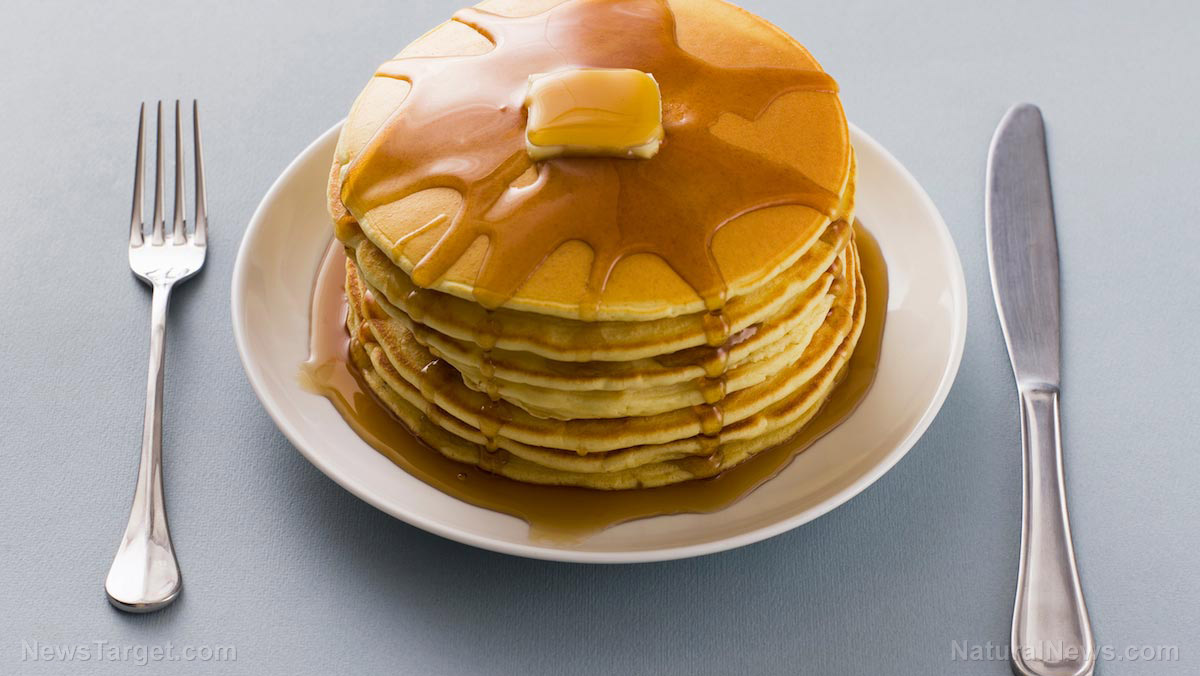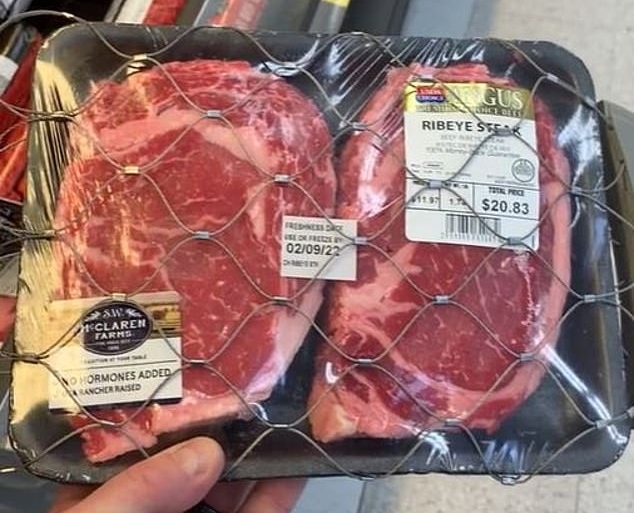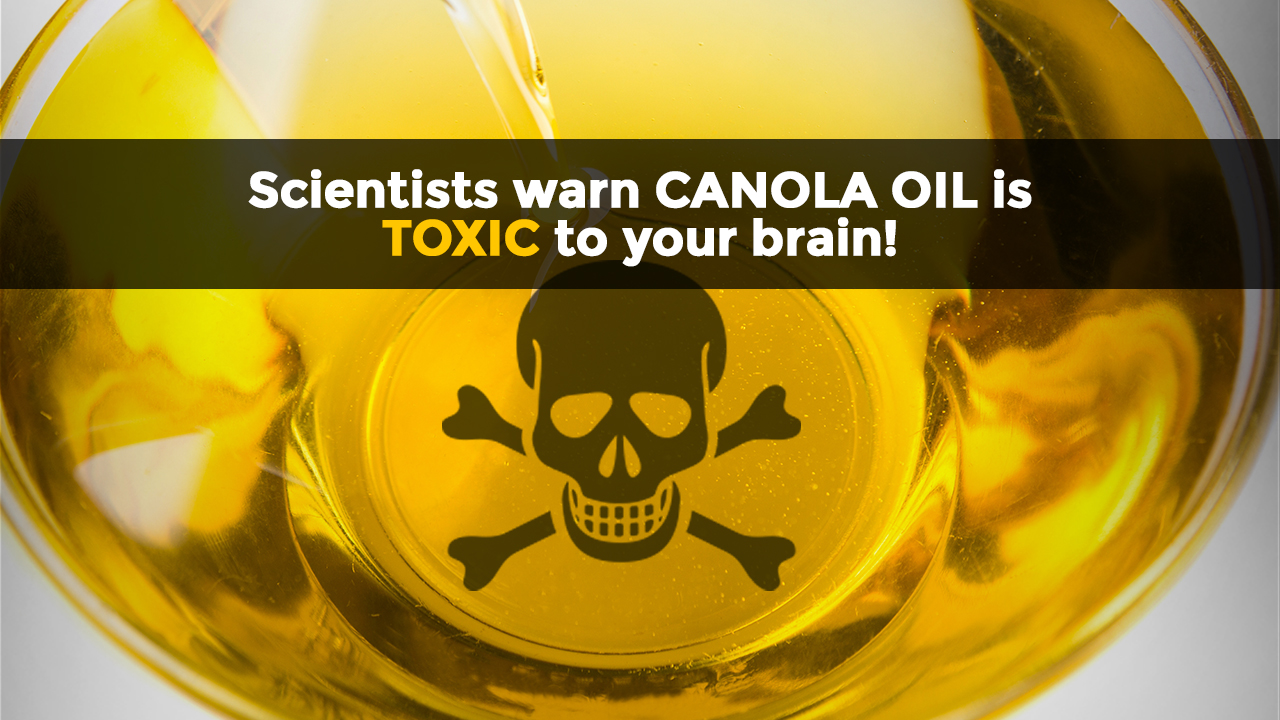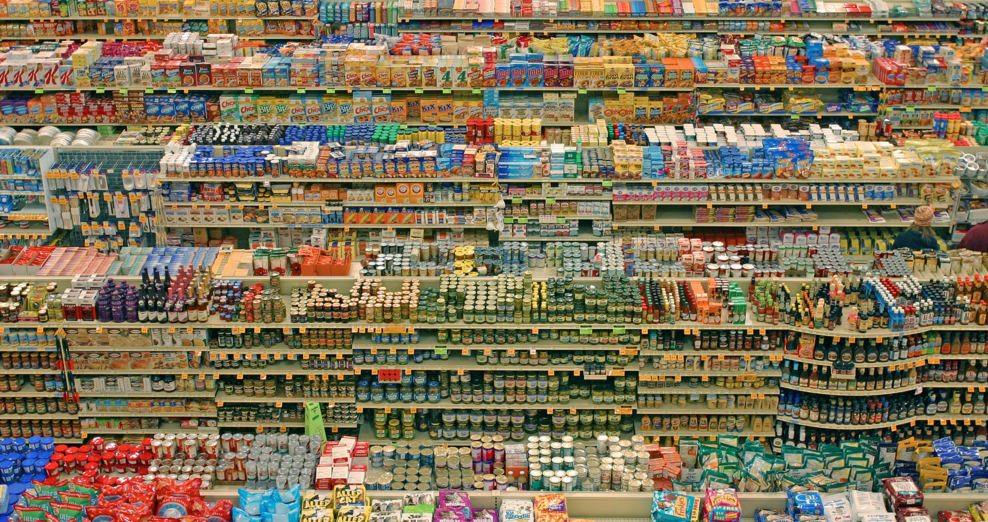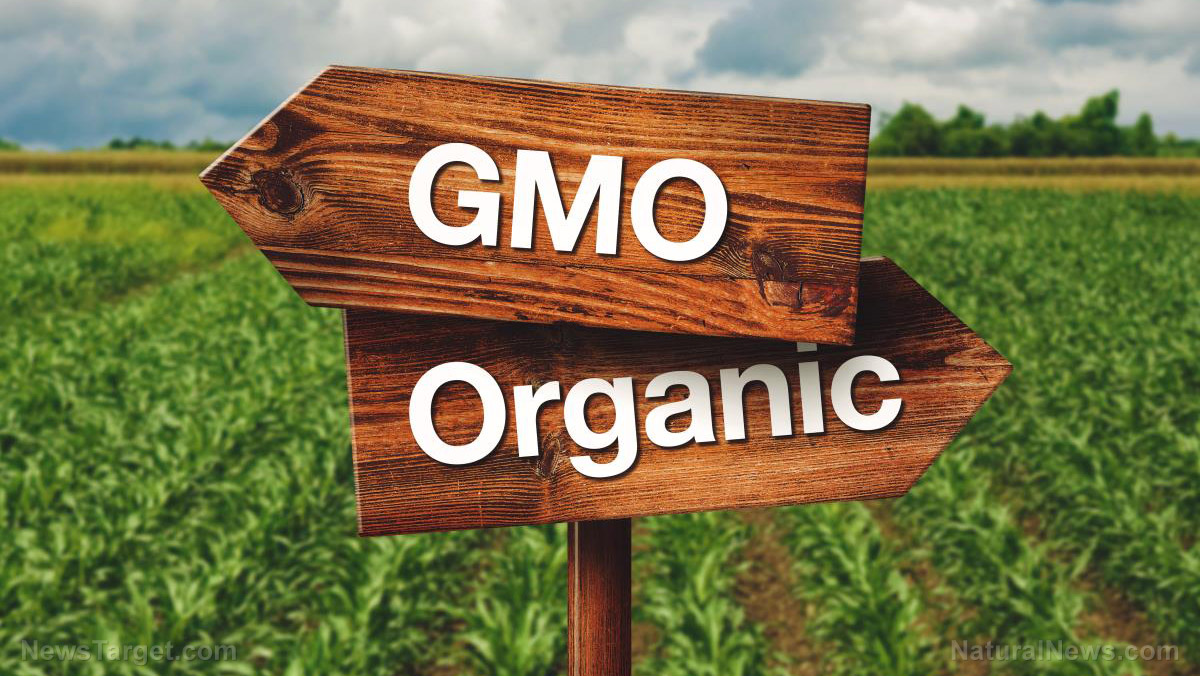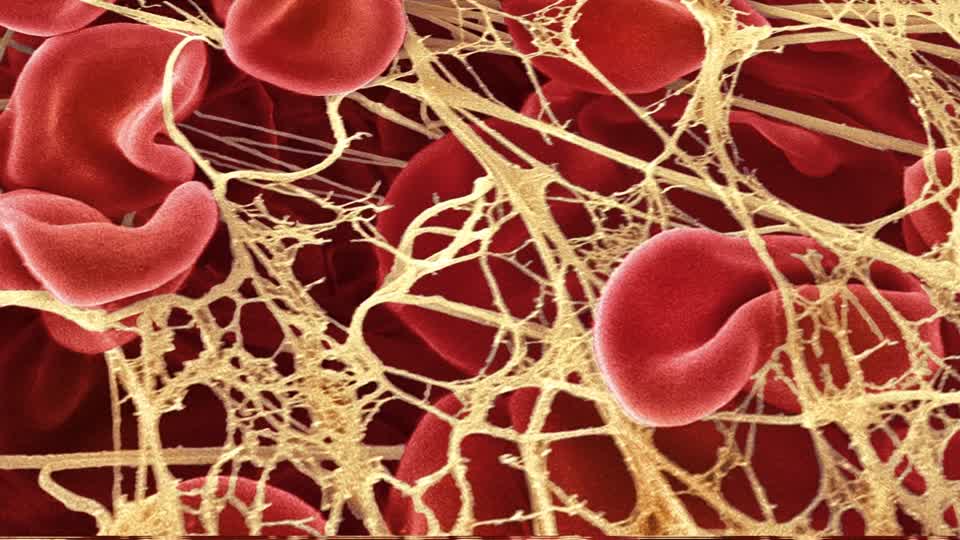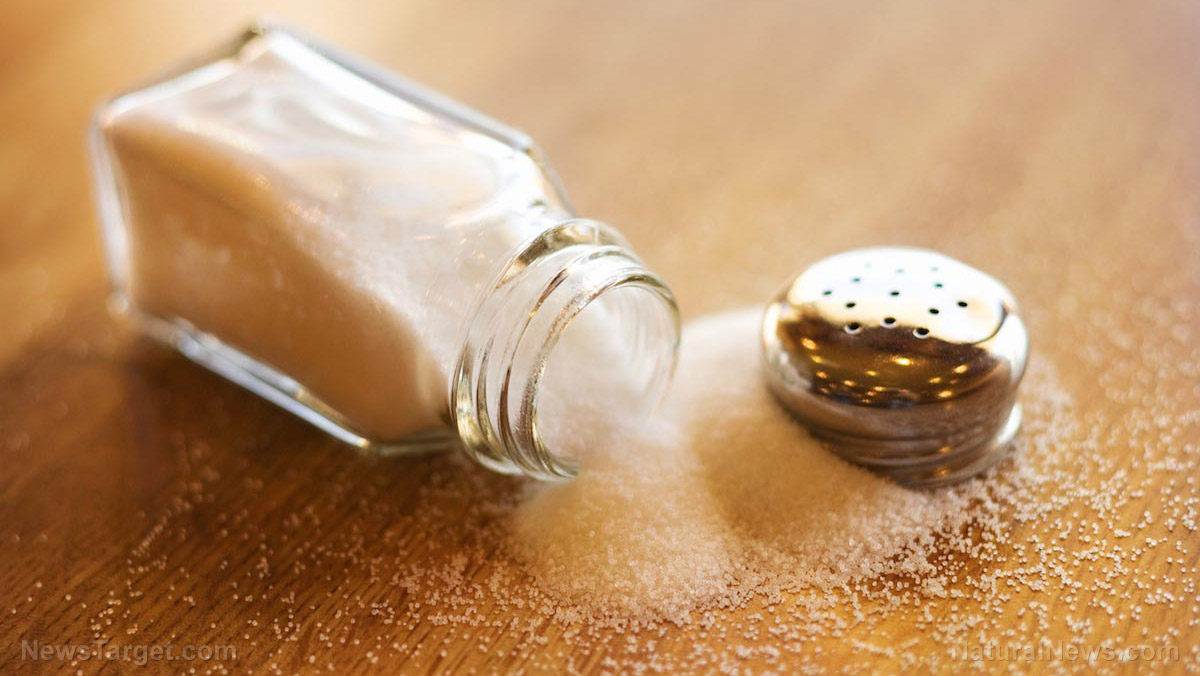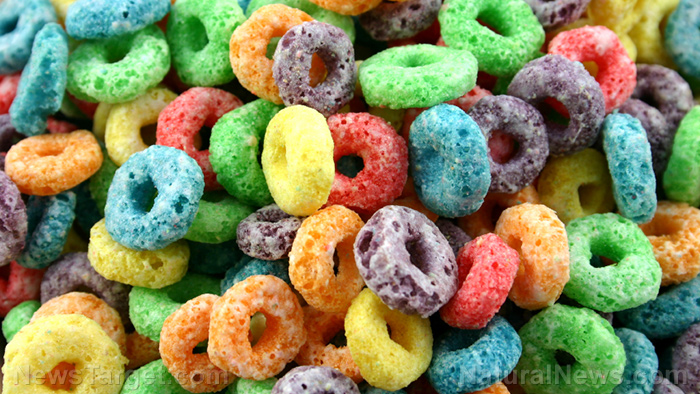Are some cheeses more nutritious than others?
12/05/2016 / By Cassie B.

Cheese has a way of making almost any food taste better, whether you’re crumbling some feta over your salad, or melting some swiss over your grilled turkey. Cheese has been vilified by some in recent years on account of its high fat and cholesterol content, while other sources insist that it is nutritious and can be part of a healthy diet in moderation.
Perhaps you’re trying to prepare your family healthy alternatives to their favorite foods, which may well include cheese-based dishes like pizza, quesadillas, nachos and macaroni ‘n cheese. With so much conflicting information out there, how can you tell which cheeses are the most nutritious?
First of all, you should always choose natural cheeses. Cheese is made by using bacterial enzymes or rennet to curdle milk, and the curds might then be heated up with salt in order to get more moisture out to create a harder cheese. Some cheese curds are drained and packed up fresh, like ricotta, while others are aged to intensify their flavor, like cheddar, or stored in a salty brine, like feta. The ingredients in a natural cheese should be very few, including little more than milk, a bacterial culture, rennet or microbial enzymes and salt.
Most people are aware that it’s a good source of calcium, but cheese also provides significant amounts of protein, riboflavin, vitamin A, vitamin B12, phosphorous and zinc. As a matter of fact, an ounce of hard cheese has the same amount of protein as two large egg whites!
If it is calcium you’re after, look out for cheddar, which packs 202 milligrams, or 20 percent of the amount of calcium adults need per day, in just one ounce. Parmesan goes one better by providing 355 mg of calcium in just one ounce. Generally speaking, harder and denser types of cheese tend to be more nutrient-rich. Cream cheese, which only supplies 30 mg of calcium or 3 percent of the amount needed in a day, is a poor choice in this regard.
The downside is that cheese can have a high fat content, which means it contains a lot of calories. A lot of the fat found in cheese is saturated fat. It also contains a lot of sodium, particularly the brined and hard varieties.
Smart cheese choices
Parmesan: Parmesan has a very high calcium content, and it also contains a lot of zinc, although it is not the best choice for those watching their salt. It has a strong flavor, which means you don’t need much of it to enhance your dishes, which can keep calories low.
Swiss: This cheese is high in protein and minerals and provides a healthy dose of calcium and zinc.
Brie: Brie is a great source of Vitamin B1, calcium and zinc, and it has less fat than the more popular cheddar.
Cheeses to avoid
Processed cheese slices and spreads might contain a little bit of real cheese, but they also have ingredients like emulsifiers, preservatives and corn syrup. If you check the ingredients list of Cheez Whiz, you won’t even find any real cheese in there! And forget about that orange substance that comes in packets inside boxes of macaroni and cheese; it’s full of carcinogenic chemicals.
You should also watch out for pre-grated parmesan cheese. Recent independent lab tests revealed that a number of products that were marketed as 100 percent “real” cheese actually had high levels of cellulose, which is made out of wood pulp. This will come as no surprise to those who have read Mike Adams’ Food Forensics, which found a long list of alarming ingredients in everyday foods. This is yet another reason you would want to stick to natural cheeses.
No matter how you slice it, the right kinds of natural cheese can be a nutritious part of a healthy diet, but keep in mind that a little cheese goes a long way!
Sources include:
Submit a correction >>
Tagged Under:
calcium, cheese, nutrition
This article may contain statements that reflect the opinion of the author
RECENT NEWS & ARTICLES
COPYRIGHT © 2017 TOP 10 GROCERY SECRETS



